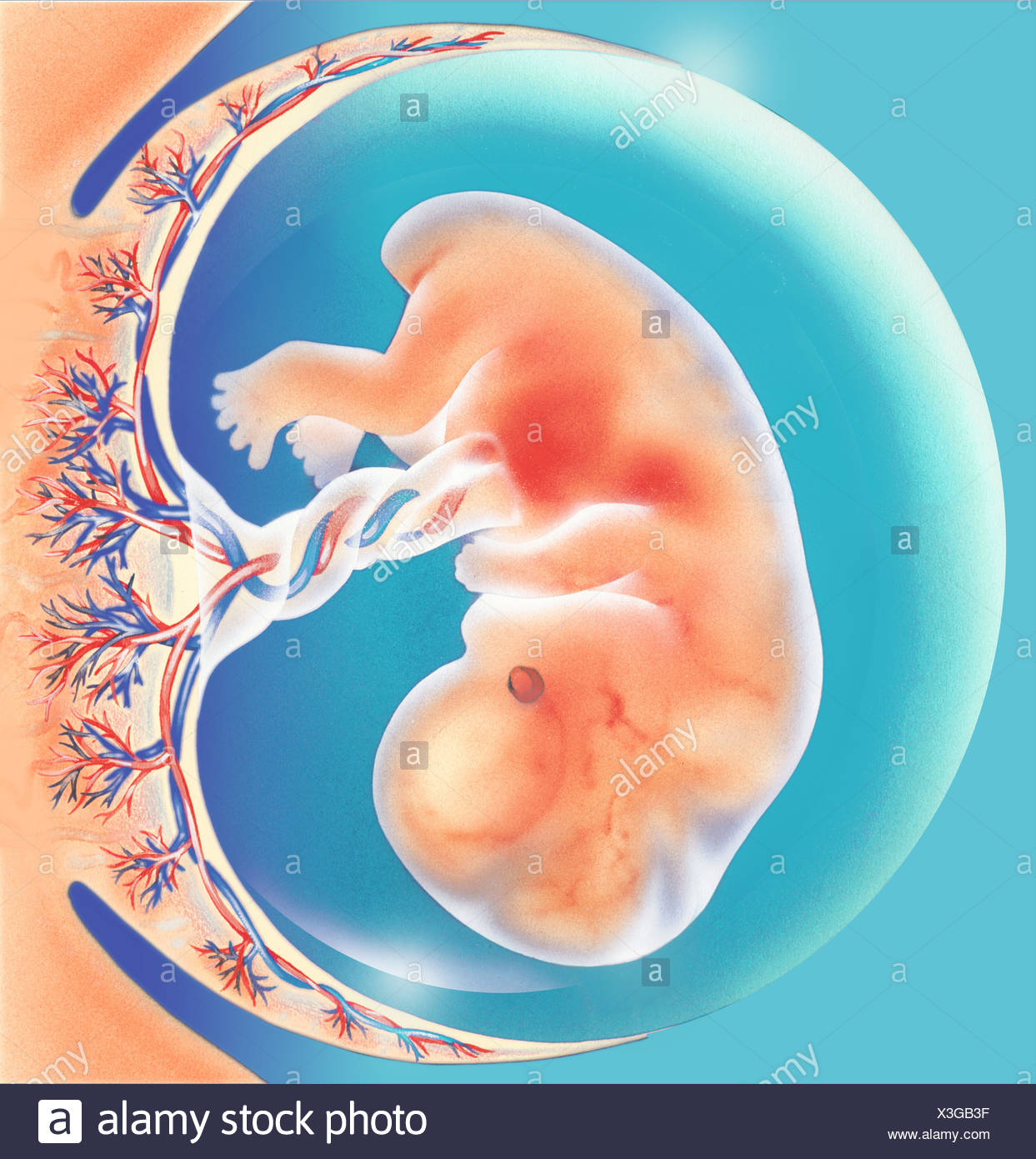

Babies born to moms with isolated low amniotic fluid were normal size and were at no increased risk of respiratory problems, immature intestines or brain disorders. The quantity of the amniotic fluid will vary from one woman to another, but it should increase as the pregnancy progresses. Patients with oligohydramnios were delivered sooner, but were less likely to need Caesarian sections. The researchers studied 262 women (131 with oligohydramnios and 131 with normal amounts of amniotic fluid) who gave birth at The Johns Hopkins Hospital between November 1999 and July 2002, comparing the babies' health at birth. This study shows the fluid test is not as good as we thought, and there is most likely no reason to deliver the baby early if other tests are normal." "Amniotic fluid stems from the baby's urine, and the urine results from good blood flow, so if we see low fluid we assume there probably is not good blood flow and the fetus is compromised. Graham, M.D., senior author of the study and assistant professor of gynecology and obstetrics. These include contracture of the limbs, clubbing of the feet and hands, and also a life-threatening condition called hypoplastic lungs. In a minority of cases it can be a cause of problems for the mother and baby.

the doctor wants us to abort and says the quality of life for our child will be any number or horrific outcomes. Too little amniotic fluid is called oligohydramnios. Manufacturers are marketing eye drops with amniotic fluid - a liquid that surrounds an unborn baby during pregnancy - to treat conditions without federal approval, the FDA said. "These study results are very surprising – they go against the conventional wisdom," says Ernest M. I am 20w3d and was told at 18w that I dont have any amniotic fluid. hi - i am 21 weeks along and have just been told that there is almost no amniotic fluid. Normal amounts range from 5 to 25 centimeters any amount less than 5 centimeters is considered low. Amniotic fluid is measured by depth in centimeters. Typically, doctors have been concerned about women with low amniotic fluid during the third trimester – a condition called oligohydramnios – because too little fluid can be associated with incomplete development of the lungs, poor fetal growth and complications with delivery. 3 It may also occur if the fetus has kidney problems resulting in decreased urine output and lower production of amniotic fluid. No significant differences were found in the babies' birthweights, levels of acid in the umbilical cord blood, or lengths of stay in the hospital. Oligohydramnios (Not Enough Amniotic Fluid) Oligohydramnios can be caused by late-term pregnancies, dehydration in the parent, placental problems, or ruptured membranes (causing fluid loss). 7 at the annual meeting of the Society for Maternal-Fetal Medicine in San Francisco, researchers show that babies born under such conditions at 37 weeks' gestation fared similarly to those born to women whose wombs held normal amounts of amniotic fluid. Doctors may not have to deliver a baby early if it has low amniotic fluid surrounding it, Johns Hopkins obstetricians report.


 0 kommentar(er)
0 kommentar(er)
